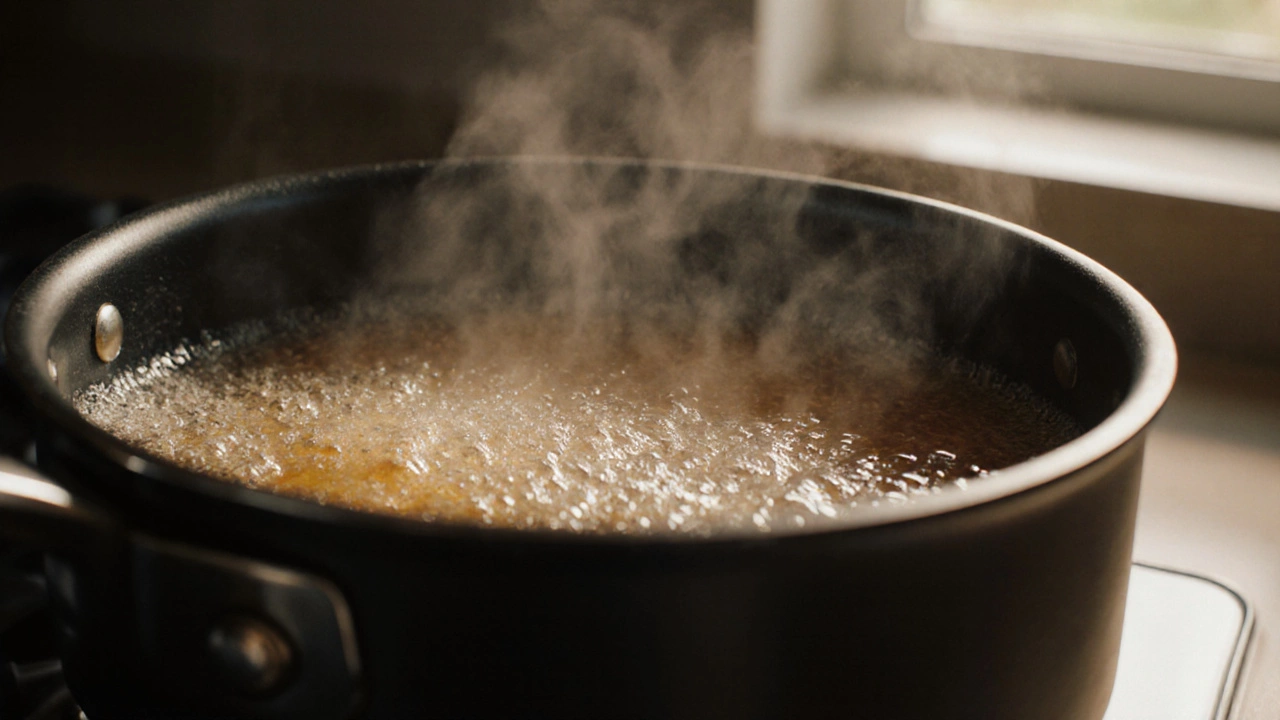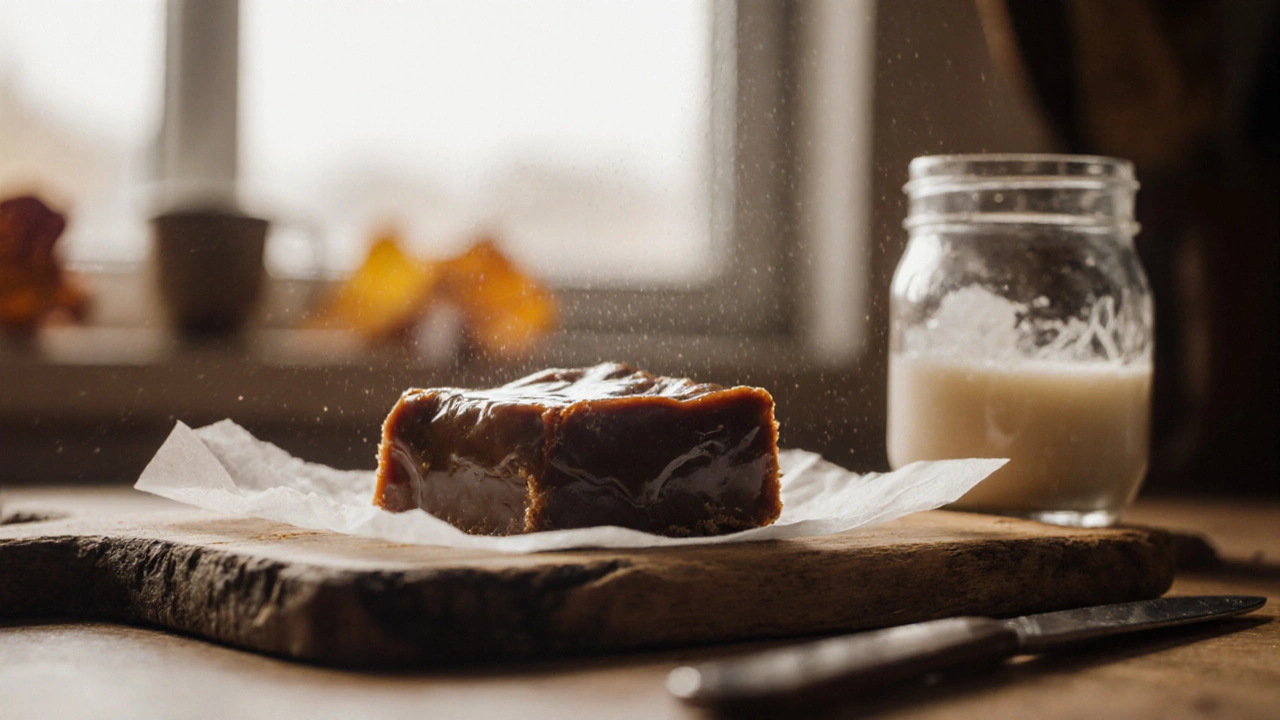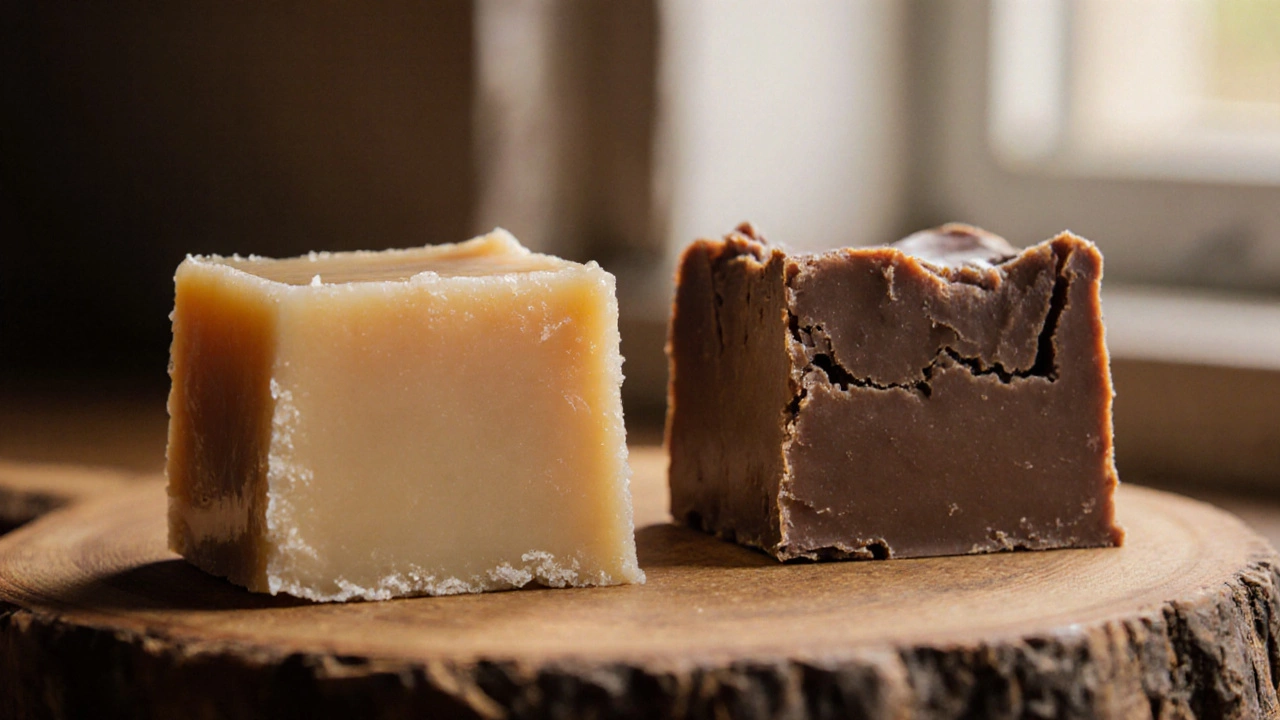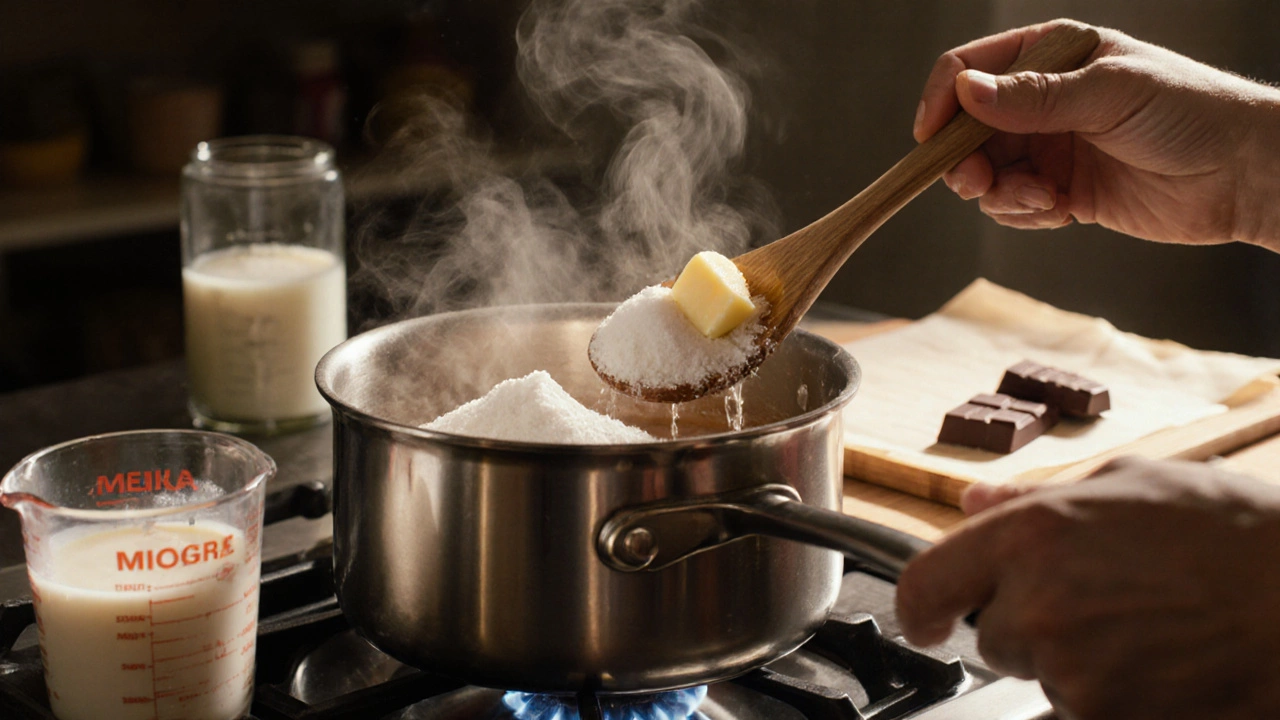Fudge Recipes: Easy Guides, Tips & Fixes for Perfect Homemade Fudge
If you love sweet, buttery fudge but hate a gritty bite, you’re in the right place. This page gathers the most useful advice from our articles so you can skip the guesswork and get smooth, melt‑in‑your‑mouth results every time.
Common Fudge Problems and Quick Fixes
Grainy texture is the biggest complaint. It happens when sugar crystals form too early. To avoid that, stir constantly once the mixture hits the soft‑ball stage (around 235°F). Stop stirring as soon as the batter thickens and starts to lose its shine – that signals the candy is ready to set.
If you end up with a soft, gloopy batch, don’t panic. You can rescue it by reheating to the soft‑ball stage again, then let it cool a bit before the final stir. Another rescue trick is to fold the fudge into a crust‑filled pie or use it as a sauce for ice cream.
Storing fudge in the fridge sounds logical, but the cold can make it hard and sticky. Instead, keep it in an airtight container at room temperature for up to two weeks. If you need to firm it up quickly, a short chill in the freezer (15‑20 minutes) does the trick without ruining the texture.
Storage, Serving & Creative Ideas
When you’re ready to serve, let the fudge sit out for about 10 minutes. That brings back its soft bite. Cutting with a warm knife gives clean slices – just dip the blade in hot water, wipe dry, and slice.
Want to jazz up plain fudge? Mix in toasted nuts, dried fruit, or a swirl of caramel. For a dairy‑free twist, replace sweetened condensed milk with coconut cream; the flavor changes a bit but the texture stays creamy.
Weather matters too. High humidity can pull moisture into the candy, causing graininess. On rainy days, use a dehumidifier or bake in a low‑humidity kitchen. A dry environment helps the fudge set properly.
Finally, remember the basics: use evaporated milk for richness, watch the temperature, and stir at the right moments. Follow these simple steps, and you’ll turn any batch into a crowd‑pleaser.
















